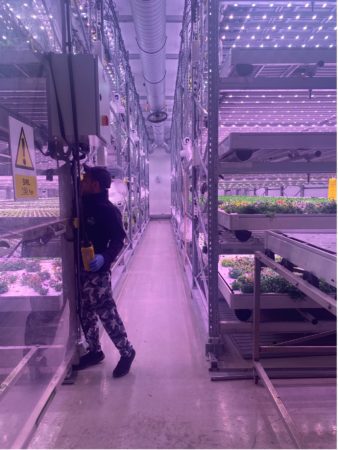Small but mighty – Iceland, Leader in Sustainable technologies
As part of the Innovation Module of my MBA, we took a class trip to Iceland – and no, it wasn’t just a holiday. The aim of the trip was to understand why Iceland was becoming such a key player in the Innovation industry, and in particular environmental and sustainable technologies.
A few facts about Iceland: there are 370,000 habitants (equivalent to the size of Bristol) and it has a strong innovation and entrepreneurial scene which is at the centre of the country's strategy. It is reportedly the most sustainable country on earth with 100 percent hydro and geothermal energy power sources.
Since the 2008 crash, they have come a long way and now have a high revenue per capita of $55,322 PPP versus the UK's $44,920. Because of its natural resources and geographical location, it has become a world leader in sustainable technologies.
What makes Iceland so unique?
What makes Iceland so unique is its natural resources. Some of the companies we visited have created their business model around this.
Fertram Sigurjonsson, the founder and inventor of Kerecis, came up with the idea that fish skin had similar characteristics to human skin and could be used more successfully to cure chronic wounds than current alternatives. In Iceland, cod is already an industry in itself, but the skin was discarded and not used. Sigurjonsson’s idea could make use of the industry’s by-product while also creating a pioneering new method for skin graft. Today the products are developed and manufactured in Isafjordur, Iceland, and are authorised for sale in Europe, the United States and several other regions of the world. This is a fast-growing company rooted in science and environmental sustainability. It employs 200 people with its regional headquarters located in the United States, Switzerland and Iceland.



